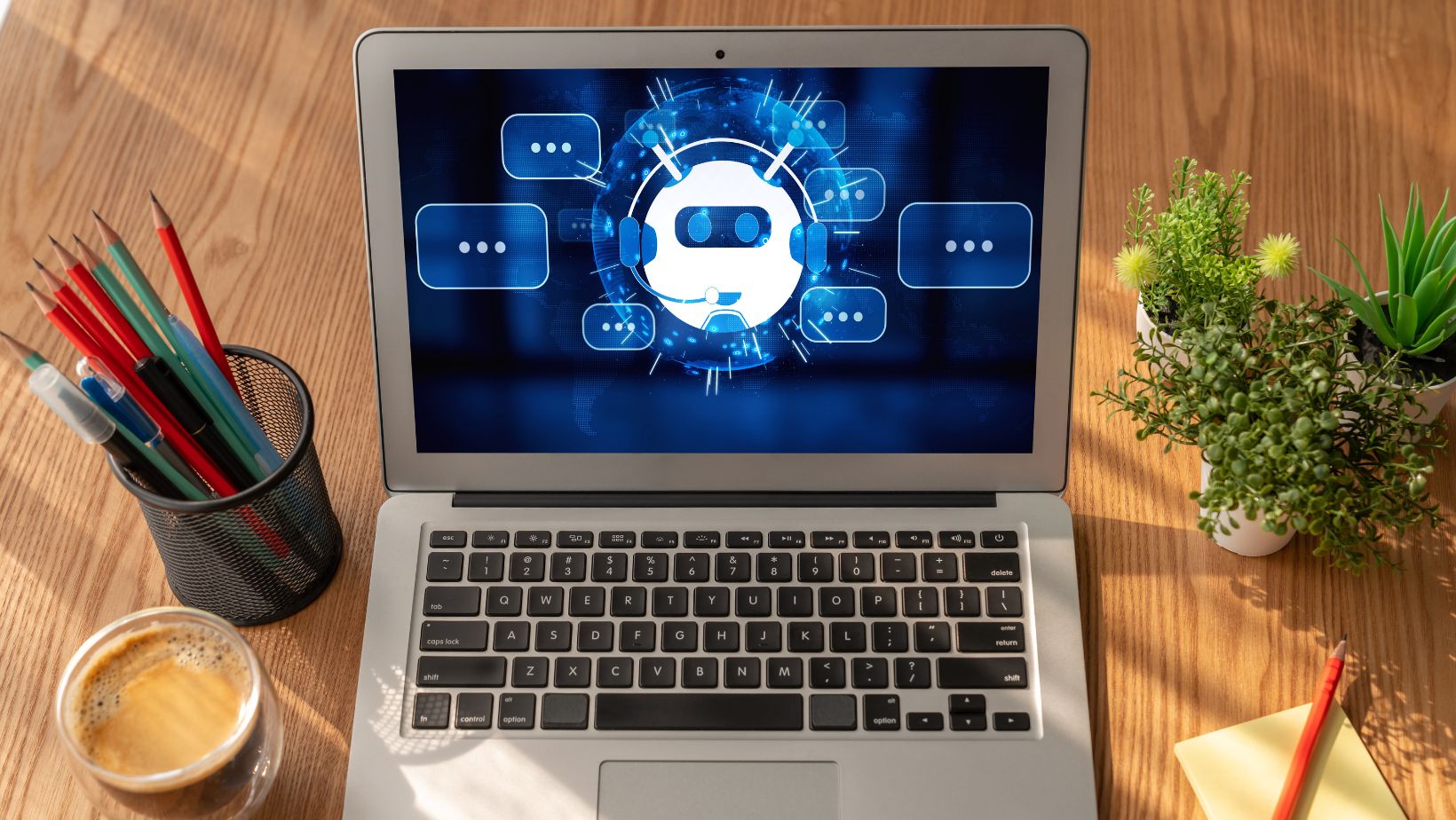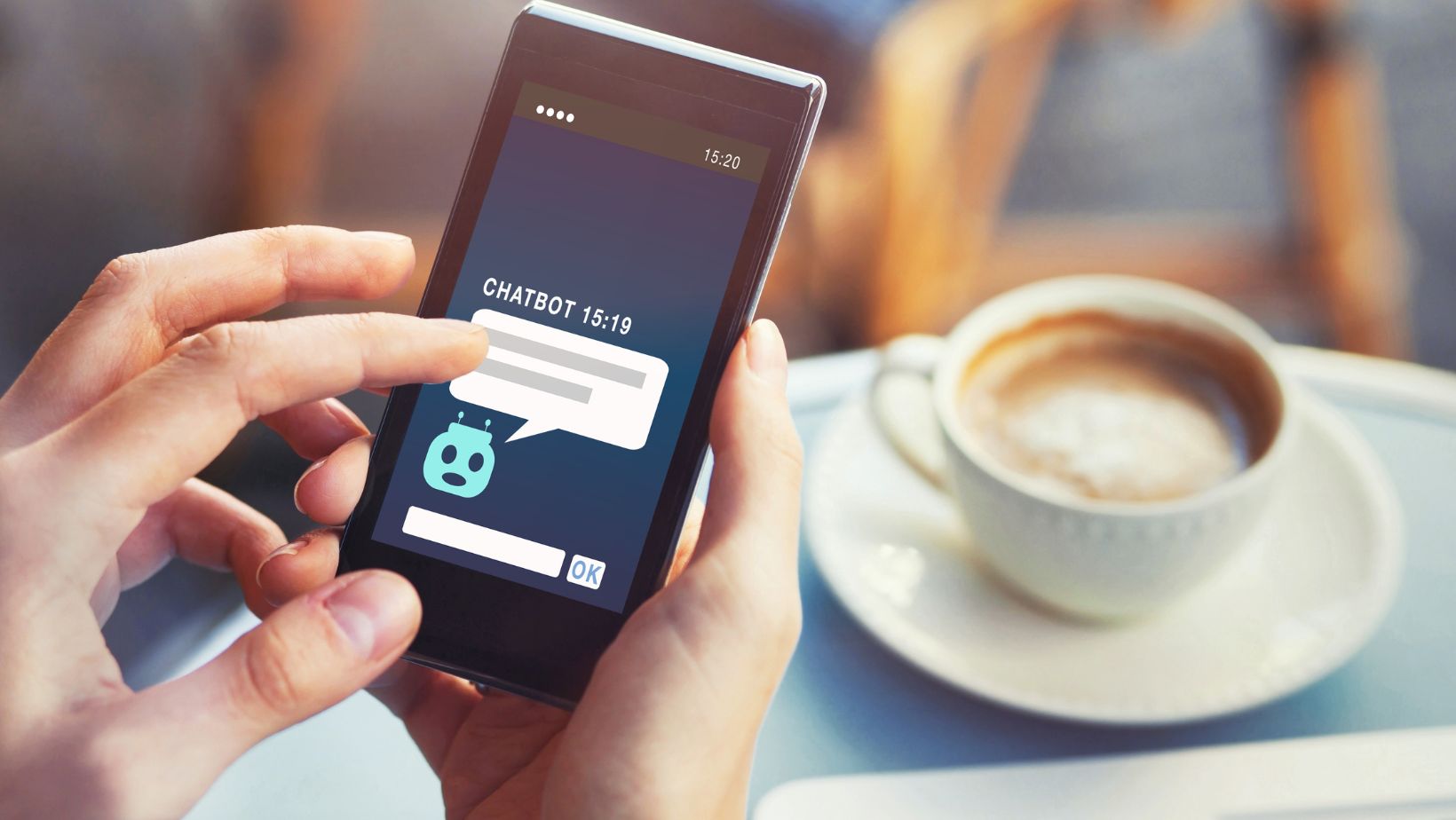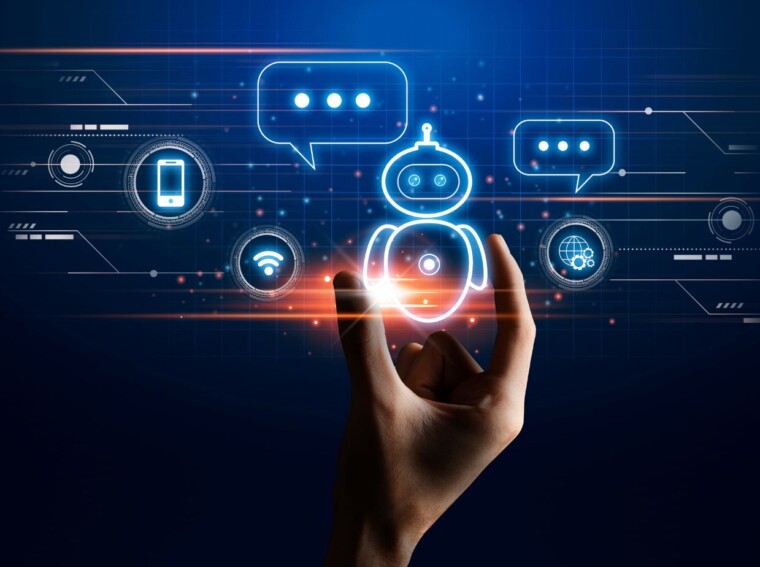You’ve probably used a chatbot this week without even noticing. Maybe it helped you book a hotel, reset a password, or get a pizza delivered. These digital assistants have become so common that they almost feel invisible. But under the surface, there’s a lot going on. Here’s a closer look at how AI chatbots work and why they’ve become a standard part of everyday life.
What Is a Chatbot, Really?
A chatbot is a software program designed to simulate human conversation. It takes what you say (or type), processes it, and sends back a response. You might be asking about store hours or just having a casual chat—if it feels like a real-time conversation with a machine, you’re likely talking to a chatbot.
Some bots are simple, following a script. You ask something; they return a preset answer. Others are more advanced and respond in real-time, pulling from large databases and learning from each interaction.
The Main Types of Chatbots
Most bots fall into two categories:
- Rule-Based Bots: These follow set pathways. Think of them like interactive menus. They’re great for tasks like checking an order or scheduling an appointment.
- AI-Driven Bots: These understand language better and respond with more flexibility. They can handle complex, natural conversations and get better the more they’re used.

Many services use both. Rule-based bots take care of predictable questions. AI bots step in for more fluid, back-and-forth chats.
Where Chatbots Are Showing Up
It’s hard to find an industry that isn’t using chatbots. Some common places include:
- Customer Support: Businesses use bots to cut down wait times and solve issues faster.
- Healthcare: Bots help with appointment reminders, symptom checks, and basic health questions.
- Education: Virtual tutors assist with lessons, grammar, and test prep.
- Entertainment: From interactive storytelling to digital companions, chatbots now hold conversations meant just for fun.
- Hiring and HR: Bots help screen resumes, answer job-seeker questions, and handle onboarding.
These tools are everywhere because they’re practical, and they scale fast without much overhead.
Why People Actually Use Chatbots
Two big reasons: speed and convenience.
Instead of clicking through a clunky site or sitting on hold, users get instant help. Businesses save money by automating basic interactions. Users save time by getting answers quickly.
And let’s be honest—people don’t always want to talk to other people. For simple questions, most of us prefer to type and move on.
Are Chatbots Actually Smart?
Some are, most aren’t trying to be.
Basic bots are built for simple things—answering questions, confirming details, and showing you where to click. They’re fast, but not flexible.
More advanced bots can write like a person, tell jokes, or even remember parts of previous chats. They use large data models to understand what you’re saying and respond in a natural way. They’re not perfect, but they’ve improved enough that many people don’t realize they’re not talking to a human.
Benefits (And Limits) of Chatbots
Let’s break it down:
What works well:
- 24/7 availability — No schedules, no breaks
- Instant response — Fast replies keep users happy
- Multitasking — One bot can handle thousands of chats at once
- Cost savings — Less need for massive support teams
What doesn’t:
- Lack of empathy — Bots can’t truly understand emotions.
- Limited logic — They still struggle with complex, layered questions.
- Scripted gaps — If the user goes off-track, basic bots may get confused

In short, they’re not a replacement for humans. But for many tasks, they’re more than enough.
What to Expect Going Forward
Chatbots aren’t going away. In fact, they’re becoming more personalized, more responsive, and more human-sounding. Newer systems can mimic tone, adapt to your preferences, and even shift between languages.
You’ll likely see them move deeper into areas like mental health support, financial planning, and virtual companionship. For better or worse, conversation with machines is becoming part of daily life.
Final Thought: Keep It Real
Chatbots make life easier. They help businesses run smoothly and give users faster results. Still, it’s important to know when you’re talking to a bot—and when you need a real person.
They’re tools, not people. And the more we understand how they work, the better we can use them.

